
Glasgow
ScotlandGlasgow, Scotland’s largest city, is a place of energy, creativity, and warmth that has transformed itself from an industrial powerhouse into one of Europe’s most vibrant cultural destinations. Situated on the River Clyde, the city grew rapidly during the 18th and 19th centuries as a centre of shipbuilding, trade, and engineering, earning a reputation as the “Second City of the Empire.” While its industrial heritage is still visible in grand Victorian architecture and dockside warehouses, Glasgow today is better known for its thriving arts scene, lively streets, and welcoming character. Its history stretches back to medieval times, when St. Mungo founded a religious settlement here in the 6th century. Glasgow Cathedral, a striking medieval building that still dominates the city, stands as a reminder of those early days. Over the centuries the city expanded with the growth of trade, especially tobacco and textiles, and by the 19th century it had become a wealthy and cosmopolitan hub. The industrial decline of the 20th century hit hard, but Glasgow reinvented itself, investing in culture, education, and tourism, and in 1990 it was named European City of Culture, a title that marked the beginning of its renaissance. Today, Glasgow offers visitors an impressive mix of attractions. Architecture lovers are drawn to the works of Charles Rennie Mackintosh, the city’s most famous designer, whose legacy can be admired at the Willow Tea Rooms, the Lighthouse, and the Mackintosh House. The city centre is lined with grand Victorian buildings, George Square is a showcase of civic pride, and the University of Glasgow, founded in 1451, enchants visitors with its Gothic spires and cloisters. For those who enjoy shopping and urban life, Buchanan Street and the “Style Mile” are filled with shops, cafés, and street performers, creating one of the UK’s liveliest pedestrian zones. Glasgow is also celebrated for its green spaces. The city boasts over 90 parks and gardens, including the Kelvingrove Park, home to the much-loved Kelvingrove Art Gallery and Museum, and Glasgow Green, one of the oldest public parks in Scotland. Along the Clyde, modern developments have reshaped the waterfront with attractions like the SEC Centre and the Clyde Auditorium, known as “the Armadillo.” The striking Riverside Museum, designed by Zaha Hadid, tells the story of transport and innovation, linking Glasgow’s industrial past to its creative present. Music is at the heart of Glasgow’s identity. Named a UNESCO City of Music, it offers everything from classical performances by the Royal Scottish National Orchestra to contemporary gigs at the Barrowland Ballroom, King Tut’s Wah Wah Hut, and the OVO Hydro, one of the world’s busiest arenas. Festivals such as Celtic Connections bring international artists to the city, while traditional pubs often host live folk sessions. This passion for music mirrors the lively spirit of Glaswegians themselves, who are known for their humour, friendliness, and down-to-earth approach that makes every visitor feel welcome. Food and drink add another dimension to the experience. From traditional pubs serving hearty Scottish fare to modern restaurants and a growing street food scene, Glasgow caters to all tastes. The West End, with its bohemian cafés and bars, is particularly popular with students and visitors alike, while the Merchant City offers chic dining in historic surroundings.
 House for an Art Lover
Arts Center
House for an Art Lover
Arts Center
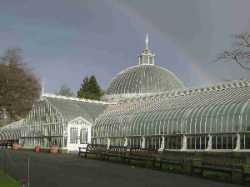 Glasgow Botanic Gardens
Botanical Garden
Glasgow Botanic Gardens
Botanical Garden
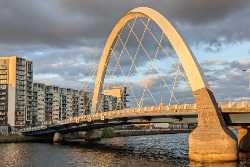 Clyde Arc
Bridge
Clyde Arc
Bridge
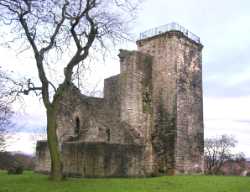 Crookston Castle
Castle
Crookston Castle
Castle
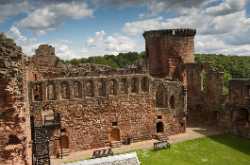 Bothwell Castle
Castle
Bothwell Castle
Castle
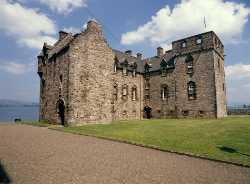 Newark Castle
Castle
Newark Castle
Castle
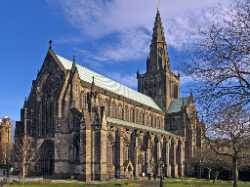 Glasgow Cathedral
Cathedral
Glasgow Cathedral
Cathedral
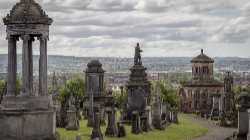 Glasgow Necropolis
Cemetery
Glasgow Necropolis
Cemetery
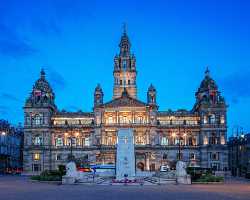 City Chambers
City Hall
City Chambers
City Hall
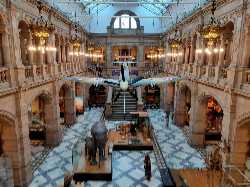 Kelvingrove Art Gallery
Gallery
Kelvingrove Art Gallery
Gallery
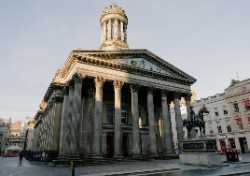 Gallery of Modern Art
Gallery
Gallery of Modern Art
Gallery
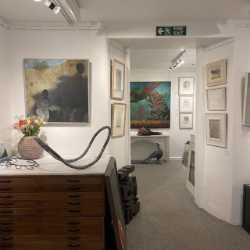 Compass Gallery
Gallery
Compass Gallery
Gallery
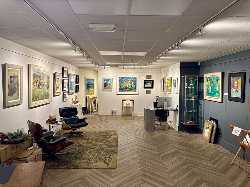 Roger Billcliffe Gallery
Gallery
Roger Billcliffe Gallery
Gallery
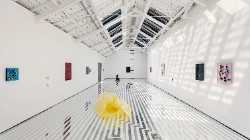 The Modern Institute
Gallery
The Modern Institute
Gallery
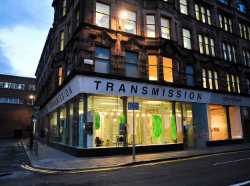 Transmission Gallery
Gallery
Transmission Gallery
Gallery
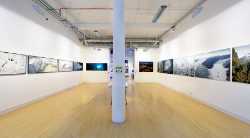 Trongate 103
Gallery
Trongate 103
Gallery
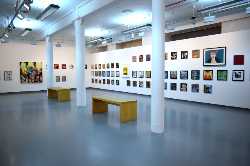 Project Ability Gallery
Gallery
Project Ability Gallery
Gallery
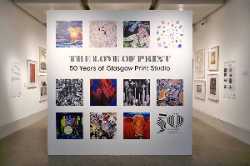 Glasgow Print Studio
Gallery
Glasgow Print Studio
Gallery
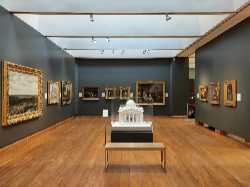 The Hunterian Art Gallery
Gallery
The Hunterian Art Gallery
Gallery
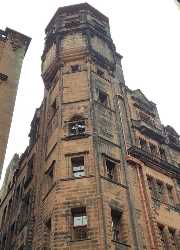 The Lighthouse
Historical Landmark
The Lighthouse
Historical Landmark
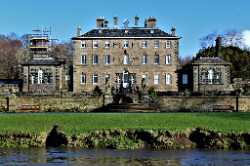 Pollok House
Historical sites
Pollok House
Historical sites
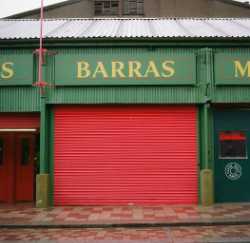 Barras Market
Market
Barras Market
Market
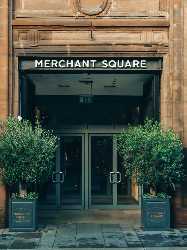 Merchant Square
Market
Merchant Square
Market
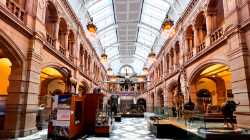 Kelvingrove Art Gallery and Museum
Museum
Kelvingrove Art Gallery and Museum
Museum
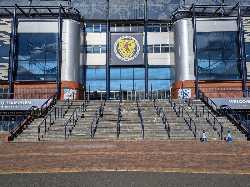 Scottish Football Museum
Museum
Scottish Football Museum
Museum
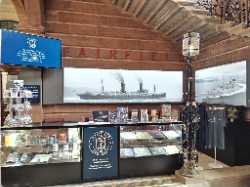 Fairfield Heritage
Museum
Fairfield Heritage
Museum
 The Tenement House
Museum
The Tenement House
Museum
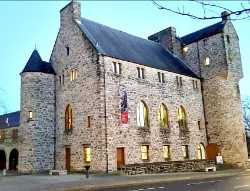 St. Mungo Museum of Religious Life and Art
Museum
St. Mungo Museum of Religious Life and Art
Museum
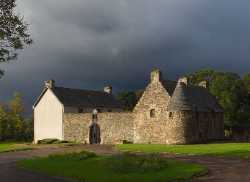 Provan Hall
Museum
Provan Hall
Museum
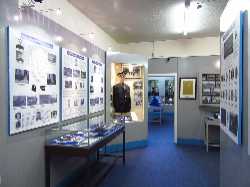 Glasgow Police Museum
Museum
Glasgow Police Museum
Museum
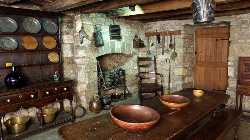 Provand’s Lordship
Museum
Provand’s Lordship
Museum
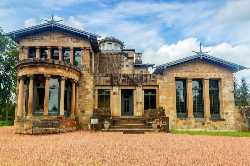 Holmwood House
Museum
Holmwood House
Museum
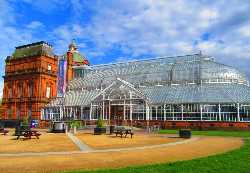 People’s Palace and Winter Gardens
Museum
People’s Palace and Winter Gardens
Museum
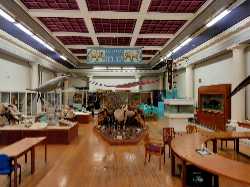 The Hunterian Zoology Museum
Museum
The Hunterian Zoology Museum
Museum
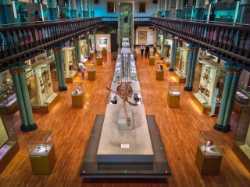 Hunterian Museum
Museum
Hunterian Museum
Museum
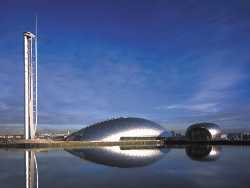 Glasgow Science Centre
Museum
Glasgow Science Centre
Museum
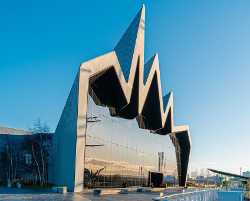 Riverside Museum
Museum
Riverside Museum
Museum
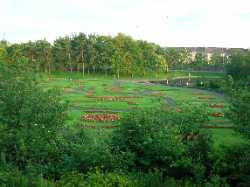 Victoria Park Glasgow
Park
Victoria Park Glasgow
Park
 Springburn Park
Park
Springburn Park
Park
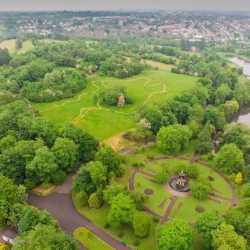 Glasgow Alexandra Park
Park
Glasgow Alexandra Park
Park
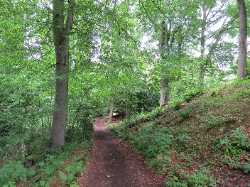 Linn Park
Park
Linn Park
Park
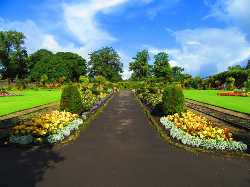 Bellahouston Park
Park
Bellahouston Park
Park
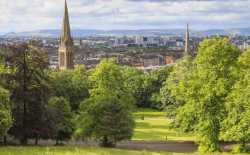 Rouken Glen Park
Park
Rouken Glen Park
Park
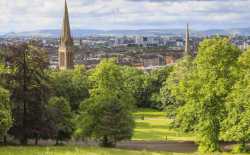 Queens Park
Park
Queens Park
Park
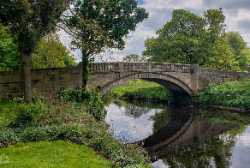 Pollok Country Park
Park
Pollok Country Park
Park
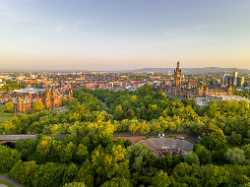 Kelvingrove Park
Park
Kelvingrove Park
Park
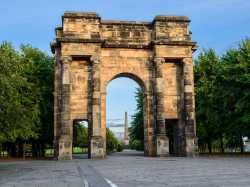 Glasgow Green
Park
Glasgow Green
Park
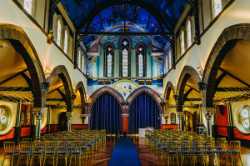 Òran Mór
Pub
Òran Mór
Pub
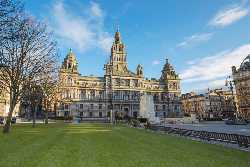 George Square
Square
George Square
Square
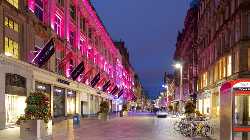 Buchanan Street
Street
Buchanan Street
Street
 Platform Theatre
Theatre
Platform Theatre
Theatre
 Theatre Royal Glasgow
Theatre
Theatre Royal Glasgow
Theatre
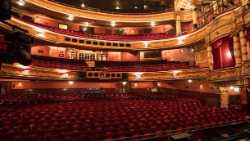 Glasgow King’s Theatre
Theatre
Glasgow King’s Theatre
Theatre
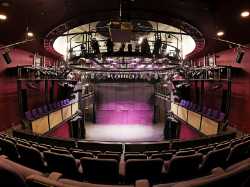 Tron Theatre
Theatre
Tron Theatre
Theatre
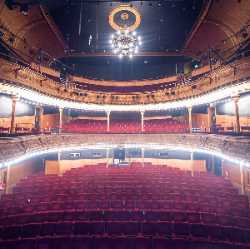 Citizens Theatre
Theatre
Citizens Theatre
Theatre
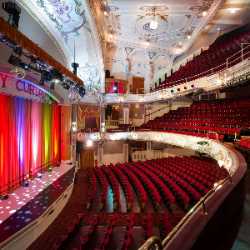 Pavilion Theatre
Theatre
Pavilion Theatre
Theatre
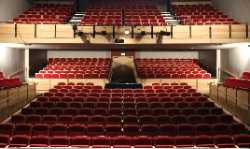 Webster’s Theatre
Theatre
Webster’s Theatre
Theatre
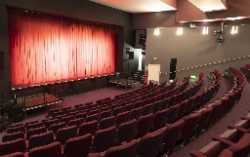 Eastwood Park Theatre
Theatre
Eastwood Park Theatre
Theatre
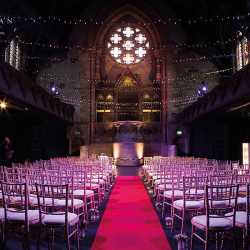 Cottiers Theatre
Theatre
Cottiers Theatre
Theatre